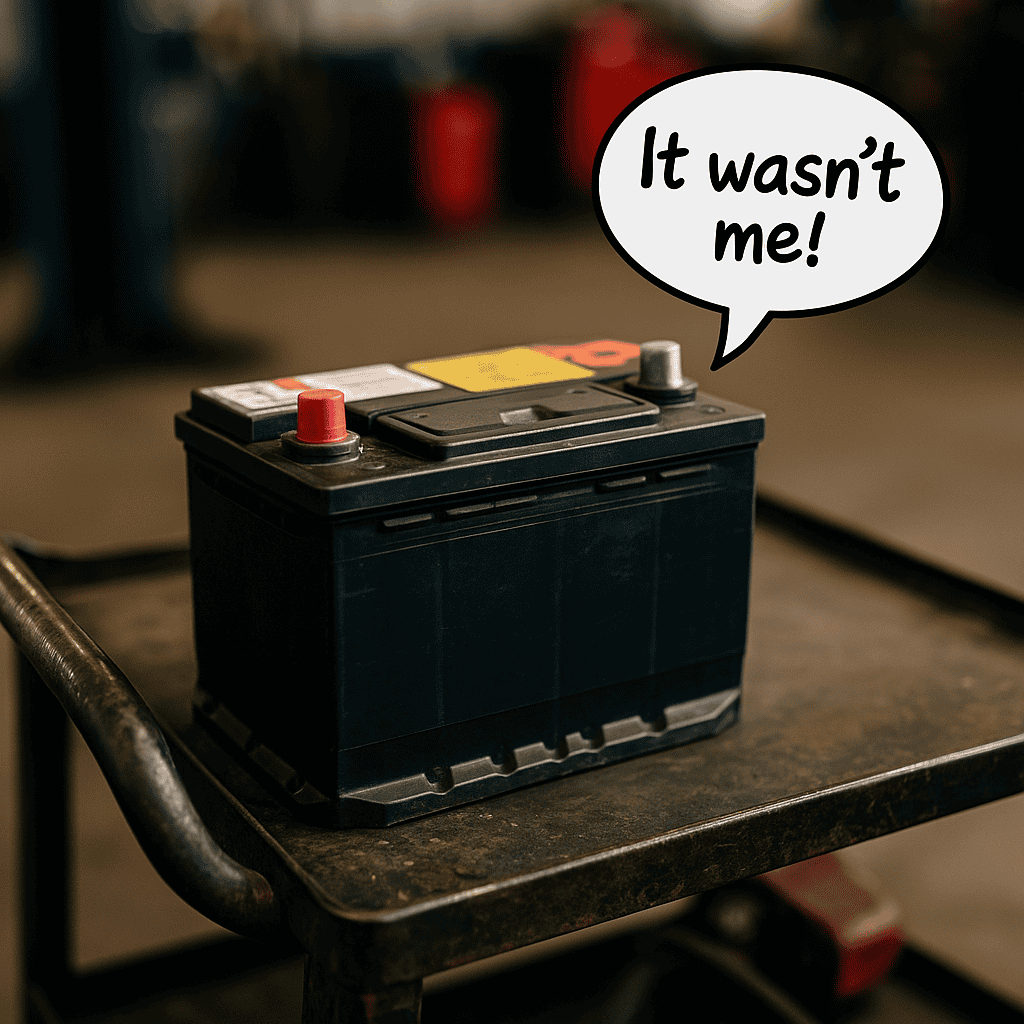Case Study: Solving a No-Start Communication Fault in a 2012 Jeep Grand Cherokee
When a vehicle won’t crank, it’s easy to assume the battery or starter is to blame. But sometimes, the root cause lies deeper in the vehicle’s network—where modules stop talking to each other entirely. That was the case with this 2012 Jeep Grand Cherokee, which came to us with a no-start condition and a mystery to solve.

The Complaint
The vehicle was towed in after it failed to start. The battery had a full charge, but the engine wouldn’t crank. There were no dash lights or audible clicks—just silence.
Initial Testing
We connected our factory Jeep diagnostic tools using the Micropod interface. But no communication could be established with any of the vehicle’s modules. No fault codes, no data—nothing.
At this point, it was clear that the CAN (Controller Area Network) was completely offline. That meant something—somewhere—was bringing down communication between control modules.
Oscilloscope Analysis
To verify the failure, we used an OTC OBD-II breakout box and connected the CAN lines to a digital oscilloscope.
The scope pattern showed a flatlined signal, confirming that the CAN network was down.
Systematic Diagnosis
Using Jeep wiring diagrams via AllData, we began isolating potential failure points. Working methodically, we disconnected modules one at a time to see if communication would return.
Eventually, we disconnected the WIN module (Wireless Ignition Node), which is part of the vehicle’s anti-theft system. Immediately, communication with the network was restored and fault codes became readable again.
The Root Cause
Further testing confirmed the WIN module had failed internally and was responsible for shutting down the network. This was the sole cause of the no-start issue.
The Fix
We ordered a new WIN module from the dealer. After installing it, we used factory Jeep software via the Micropod to program the new module. The customer’s keys were then re-synced to the anti-theft system by our in-house Vehicle Security Professional (VSP).
With communication fully restored and the keys recognized, the vehicle started right up. Final tests confirmed everything was functioning normally.
Dealing with a No-Start? Don’t Guess—Diagnose.
Electrical issues like this one can be frustrating—especially when they leave you stranded. At CMD Automotive, we don’t guess. We follow the signals, use factory tools, and do the work the right way.
📍 Located in Charlotte’s South End
📞 Call Us: 704-527-4009 or Schedule Service Online
